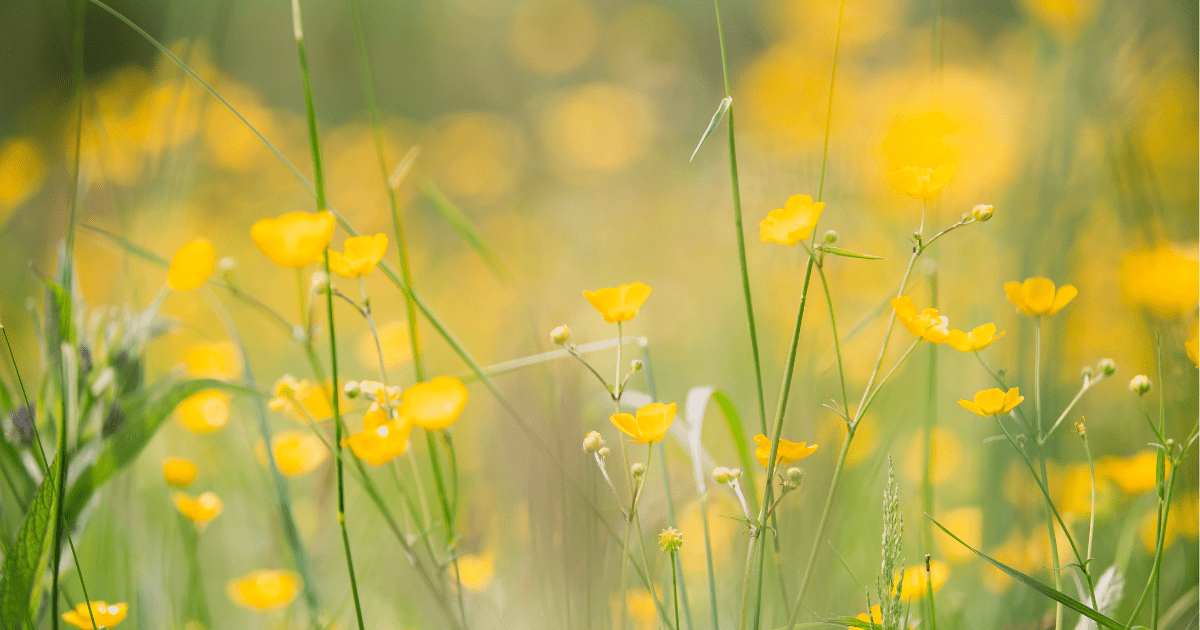Passover, Celebrating Freedom
 Written by: Denny Liu
Written by: Denny Liu
Photo by: Zoë Gayah Jonker on Unsplash
Check out International Connections, a blog run by the IESC here at Western for even more blogs on holidays, traditions, and more!
It’s almost April already! With a new month just around the corner, there comes a number of holidays, such as Easter, Ramadan, and Passover—the topic of today’s blogpost!
Passover is a significant Jewish holiday that takes place on the 15th day of Nisan (the first month of spring) in the Hebrew calendar. Much like Hanukkah, the exact dates of Passover in the Gregorian calendar (the one with 365 days) will typically vary from year-to-year. This year, Passover will be taking place starting from March 28th until April 4th. For comparison’s sake, last year, Passover in 2020 took place between April 8th and April 16th. However, regardless of when it starts, Passover is always celebrated for either 7 or 8 days. In Israel, Jewish people will celebrate the holiday for 7 days; however, for diaspora Jews, the holiday is celebrated for 8 days instead. This follows the concept of “yom tov sheni shel galuyot“, which calls for the observance of an additional day for many Jewish holidays for Jewish peoples living outside of Israel.
The holiday itself is a celebration of freedom. Passover commemorates the liberation of the Israelites from slavery under the Egyptians. The term “Passover” itself is believed to have originated from God “passing over” the houses of Israelites during the last of the ten plagues cast over Egypt, which encompassed the slaying of the firstborn in the family. According to the story, the Jewish people avoided the plague by marking their doors with the blood of a lamb, which indicated to God to pass them over. The word is also said to refer to the sacrifice of the Paschal lamb, sacrificed at the first Passover.
The first night of Passover is very important. A feast called “seder” is held, which incorporates important foods and prayers into the celebration. Symbolic foods include maror (bitter herbs such as horseradish), zeroah (shank bone, in reference to the lamb sacrifice), saltwater (to symbolize slave tears), a hard-boiled egg (symbolizing life), and karpas (a green, leafy vegetable symbolizing hope). These foods will be placed on a seder plate, orderly arranged. Additionally, matzah bread is another important food regularly consumed throughout the holiday. During the meal, four cups of wine are also typically consumed. The food and drinks during this meal are consumed in a predetermined order, starting with the initial lighting of candles and pouring of wine.
Another important part of the seder feast is the recital of prayers. The book of exodus, known as the Haggadah, is recited. This book contains the tale of the Israelite exodus, mixed with blessings, rituals, and some important songs. As the story is told, there is time for discussion, where children especially, learn more about the past and their heritage.
Reading the Haggadah is an important part of the meal.
Important traditions throughout the rest of the week include the avoidance of consuming leavened bread. In case you are unfamiliar with the term, leaven refers to a substance, such as yeast, which makes the dough “rise”. This tradition references how Jews during the exodus from Egypt were in a hurry, and had no time to wait for their bread to rise. Instead, they took matzah, unleavened bread, and one which is consumed throughout the whole week of Passover! Chametz is another tradition, which refers to the thorough cleaning of the household to rid every source of leavened products, including the smallest of breadcrumbs. Other traditions including fasting (for the first born child), special synagogue service, and no work during the first and last two days of Passover!
Passover is a time of both celebration and learning, and takes place in Jewish households all around the world!
Chag sameach!
Published on

